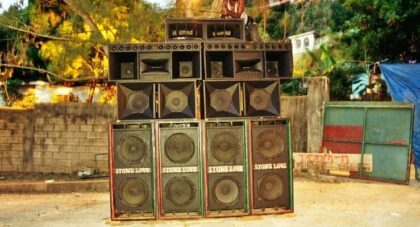However one chooses to interpret the thematic message, part of Tetsuo’s lasting endurance is that it can be enjoyed on a purely visceral level. If you tear away all of the percolating themes, Tetsuo is a pure emulation of the sci-fi and horror content Tsukamoto grew up watching and reading. It’s a love letter to the kaiju films of Toho Studios as well as a continuum of Japanese horror; ironically dubbed “the most metal film ever made . . .
Only the good shit. Aquarium Drunkard is powered by its patrons. Keep the servers humming and help us continue doing it by pledging your support.
To continue reading, become a member or log in.


